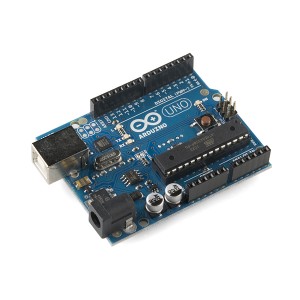I’ve wanted to use my RasPi with a touchscreen interface for awhile now, and have finally starting collecting the information I need. Here’s the first haul:
First, you’ll need a screen to interface with the RasPi. For simplicity, you’ll want to find one with HDMI input and USB interface for the touch layer. Here are some good examples:
Example 7″ Screen Example 8″ Screen
Next, you’ll need to be able to interface with the touch drivers. Here‘s a great write-up (including Kernel building and XBMC patches).
Note: In lieu of buying one of the kit screens, you can use an old laptop screens with DVI/VGA with one of these, and then buy a matching size touch overlay.





